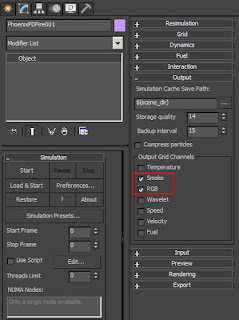by Hammer Chen
When dealing with complex scene, sometimes you have to adjust forces in the scene back and forth to get the desired results. You have to change parameters, run the sim, render preview and change parameters again.
For creating ocean maelstrom, adding a vortex force might be a quick answer. However, finding the right parameters could be a nightmare for you. If the orbital speed too high, or it's falloff too short. Or if there is not enough radial pull. You might not be able to get the right maelstrom.
With new Force Preview, you can see how Phoenix or standard 3ds Max forces will influence the simulation — without multiple iterations




































